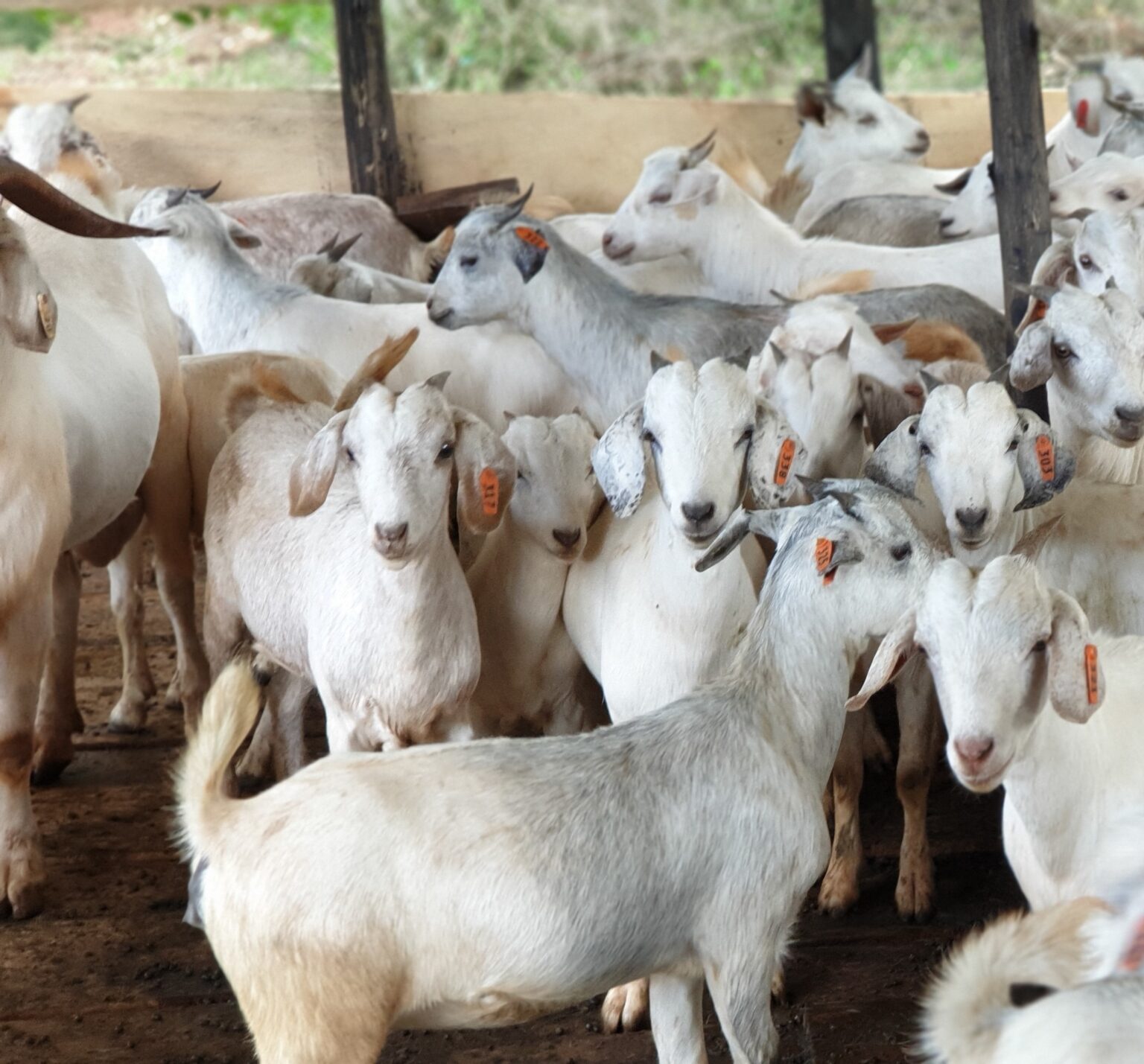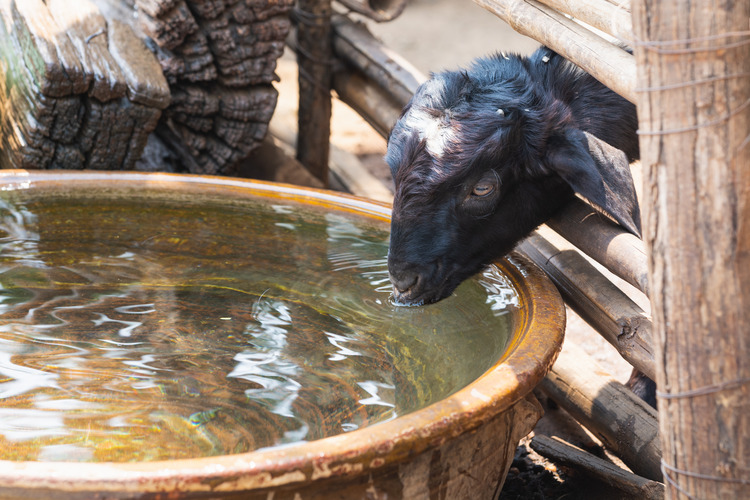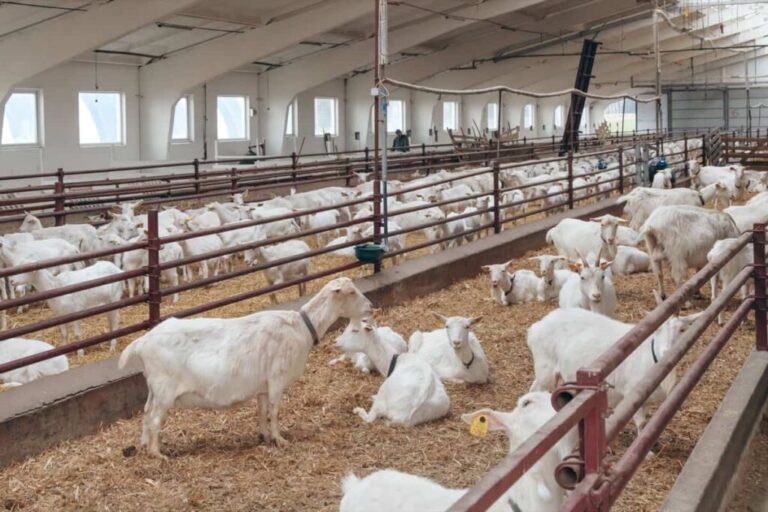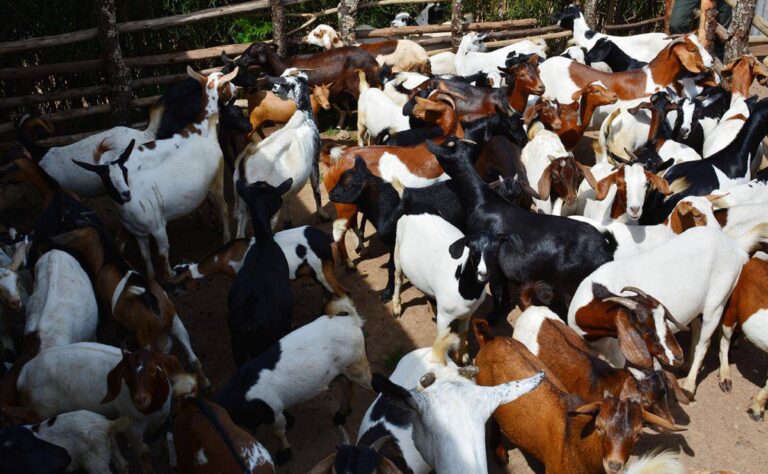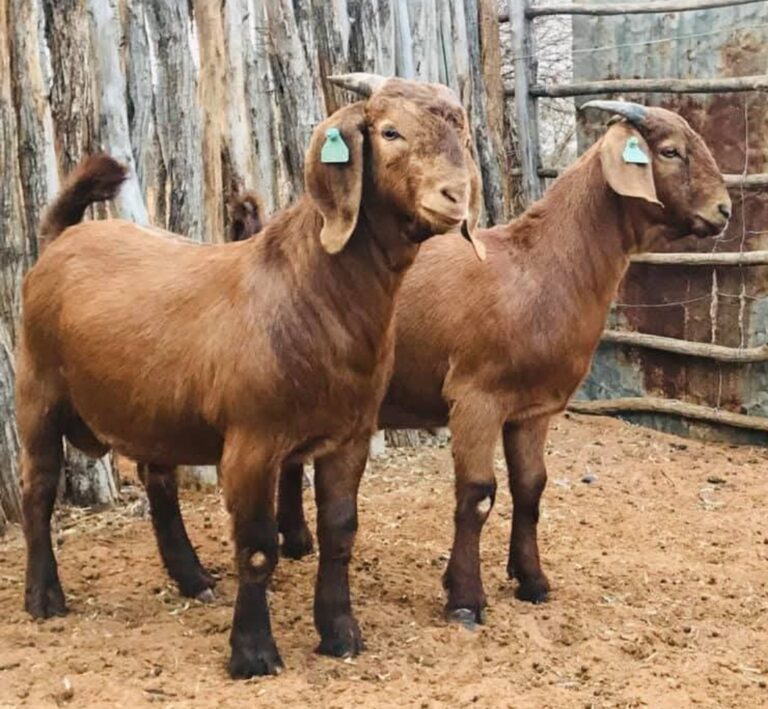Goats are among the most versatile livestock, serving various purposes including meat, milk, and fiber production.
However, not all goat breeds excel in every area. Selecting the right breed for your farming goals (whether you’re focused on commercial meat production, small-scale dairy, or niche fiber markets) is key to your success.
Below is a detailed look at the top-performing goat breeds across each of these categories.
Best Goat Breeds for Meat Production
When it comes to meat, certain goat breeds stand out for their fast growth rate, heavy muscling, and high feed conversion efficiency. These traits ensure higher returns in a shorter time frame.
Boer Goat
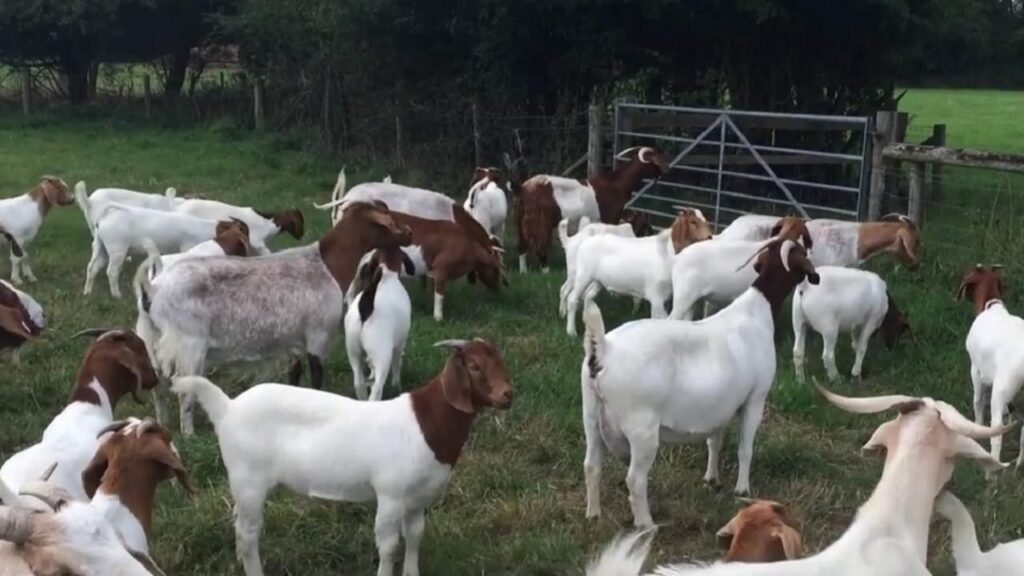
Widely regarded as the best meat goat globally, the Boer goat originates from South Africa and is prized for its rapid weight gain, muscular build, and calm temperament. Boer bucks can weigh over 100 kg under proper management. Their high fertility and fast-growing kids make them a favorite among commercial meat producers.
Kalahari Red
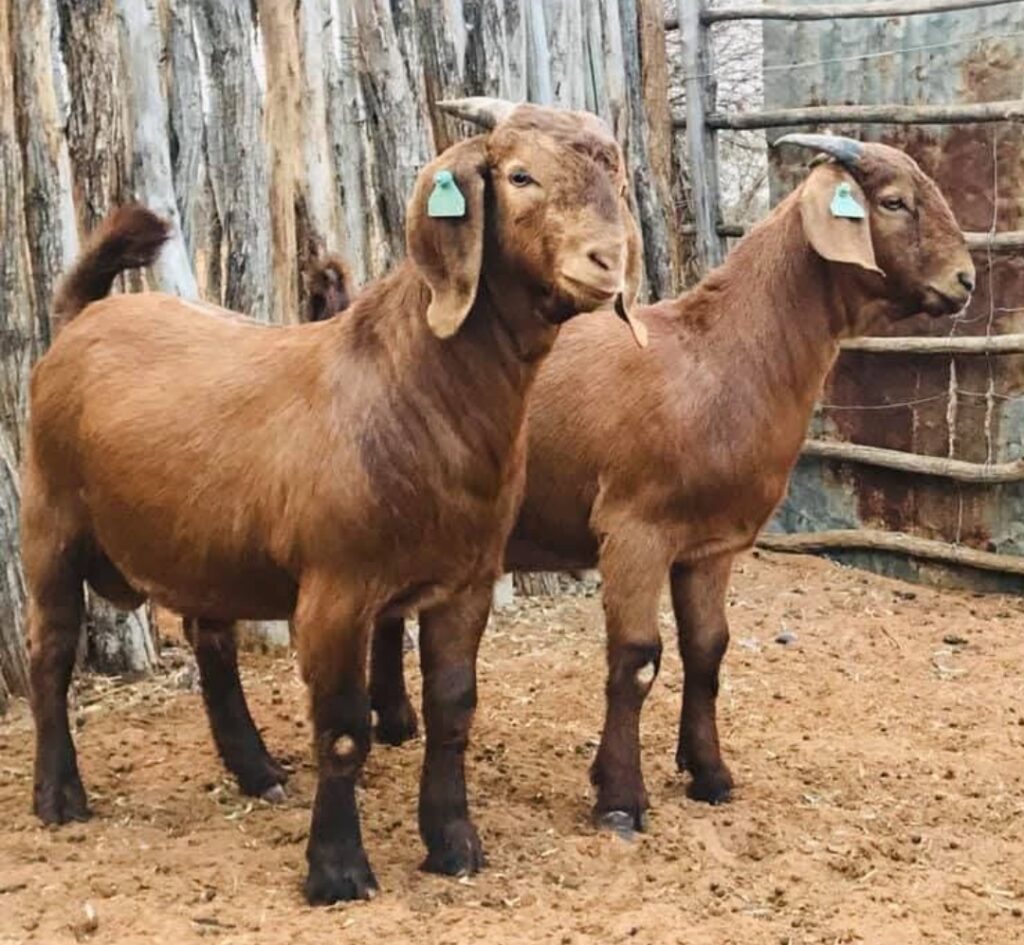
This breed is similar to the Boer in build and performance but is especially valued for its adaptability to hot, dry climates. Its red coat helps protect it from sunburn, making it ideal for arid regions. Kalahari Reds are hardy and excellent for low-input meat production systems.
Savanna Goat
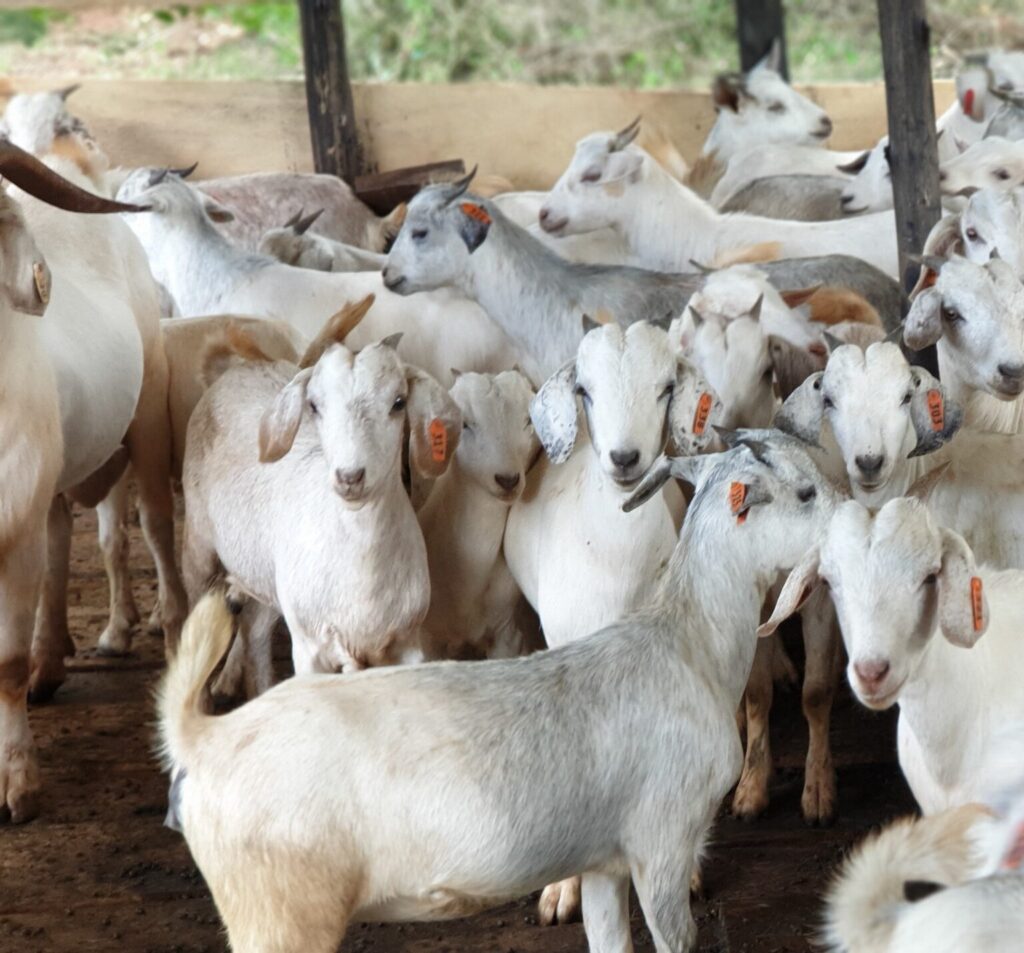
Another South African breed, the Savanna goat is white, muscular, and highly resistant to parasites and disease. It thrives in harsh conditions and produces large kids suitable for meat markets. Its low-maintenance nature makes it appealing for both new and experienced farmers.
Top Goat Breeds for Milk Production
Dairy goats are selected based on their high milk yield, lactation duration, and milk quality. These breeds are ideal for fresh milk consumption, cheese production, and small-scale commercial dairies.
Saanen
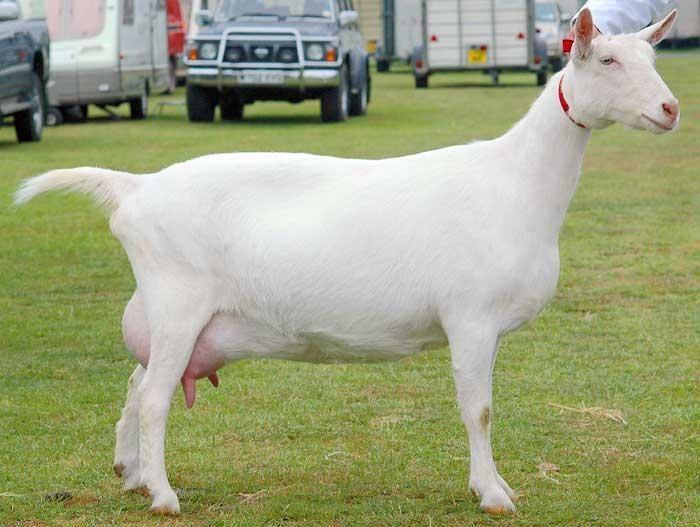
Hailing from Switzerland, the Saanen is the highest-producing dairy goat breed. It is known for its large frame, docile behavior, and ability to produce up to 3 liters of milk daily under ideal conditions. Their milk is mild in taste and has relatively low fat, making it suitable for fluid consumption.
Alpine
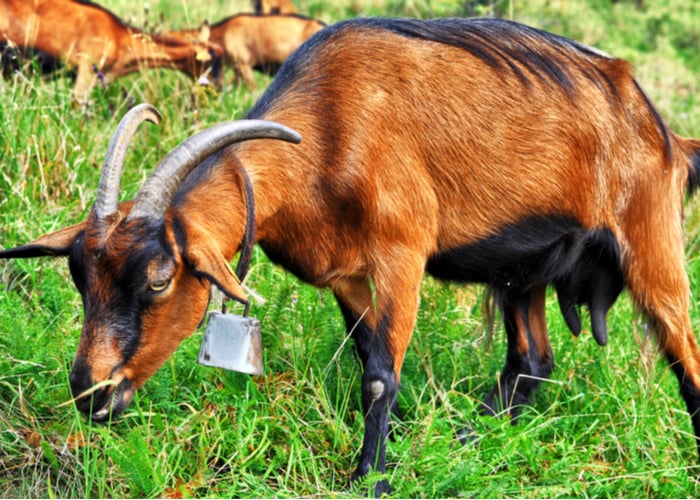
This French breed is another dairy powerhouse, known for consistent lactation and high butterfat content. Alpines are adaptable to different climates and are often preferred in mountainous regions. They are a great choice for both commercial and homestead dairy setups.
Nubian
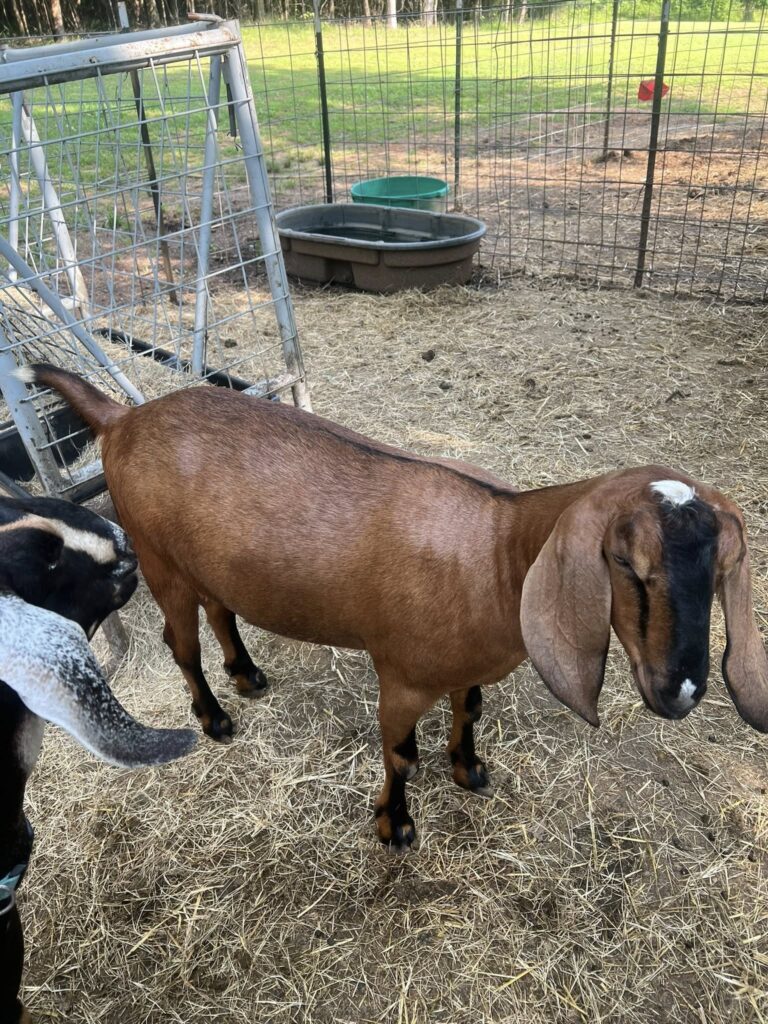
With their long, drooping ears and friendly nature, Nubians are easily recognizable. They produce milk with one of the highest butterfat contents, ideal for making rich cheese and butter. While their milk yield may be slightly lower than Saanen or Alpine goats, their milk’s quality makes up for it.
Best Goat Breeds for Fiber Production
Goats also contribute significantly to the fiber industry, particularly through breeds that produce luxurious mohair and cashmere. These fibers are highly valued for their softness, warmth, and durability.
Angora Goat
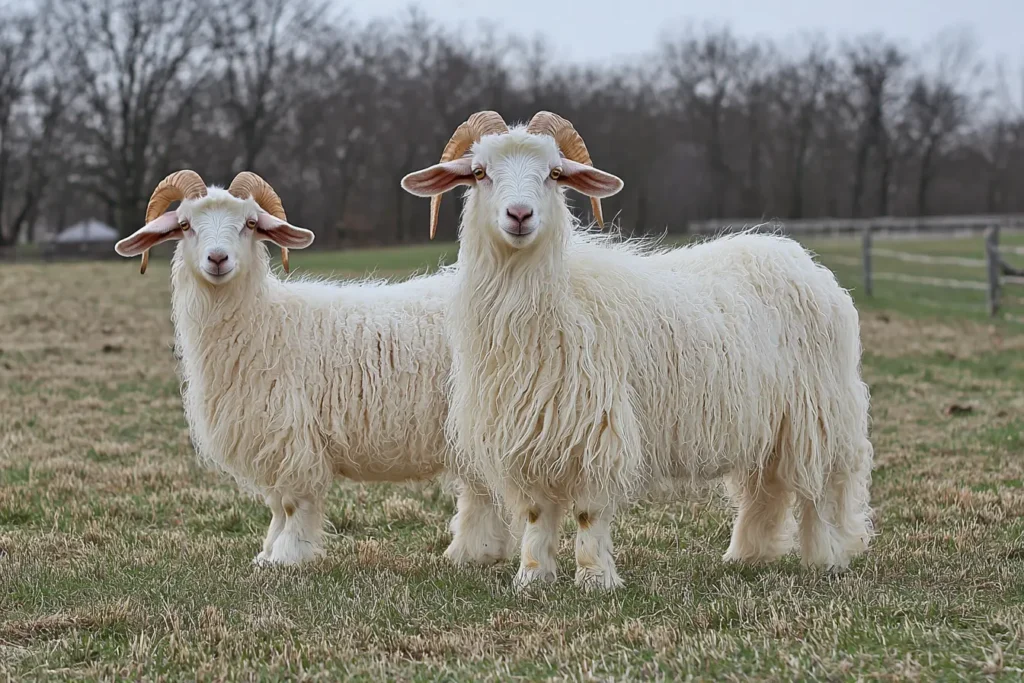
The Angora is the primary source of mohair, a silky fiber prized in the textile industry. Originating from Turkey, Angoras require more intensive care but can produce up to 5 kilograms of mohair per year. Their fleece grows rapidly and needs to be sheared twice annually.
Cashmere Goat
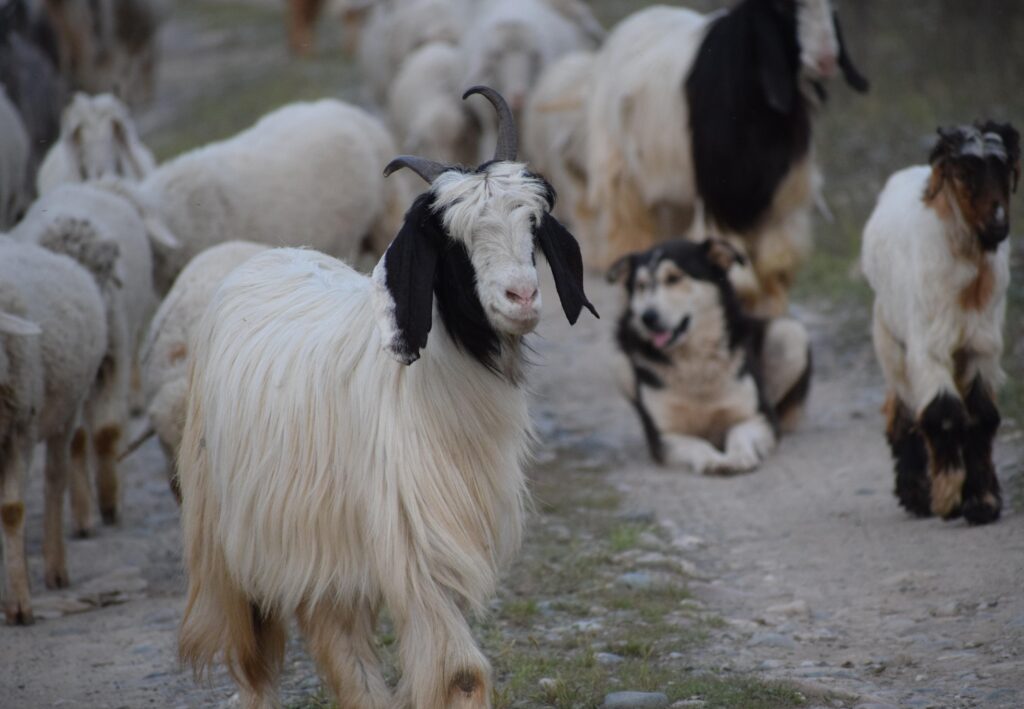
Unlike Angoras, Cashmere goats are not a distinct breed but a type found among several native goat populations, especially in Asia. These goats produce fine undercoats known as cashmere, which must be carefully combed during the molting season. Though the yield is lower, about 250 grams per goat annually, the fiber is extremely valuable.
Wrapping Up
Selecting a goat breed depends largely on your farming objective, climate, and available resources.
For instance, if your land is dry and you’re aiming for meat production, the Kalahari Red or Savanna may be best.
For dairy-focused ventures in temperate climates, the Saanen or Alpine offers the most yield.
And if you’re targeting the high-end textile market, investing in Angoras or Cashmere-producing goats could offer unique returns.
Regardless of breed, success in goat farming also depends on proper feeding, housing, healthcare, and record-keeping. Choosing the right breed is only the first step, but it lays the foundation for productivity and profitability.
Related:

